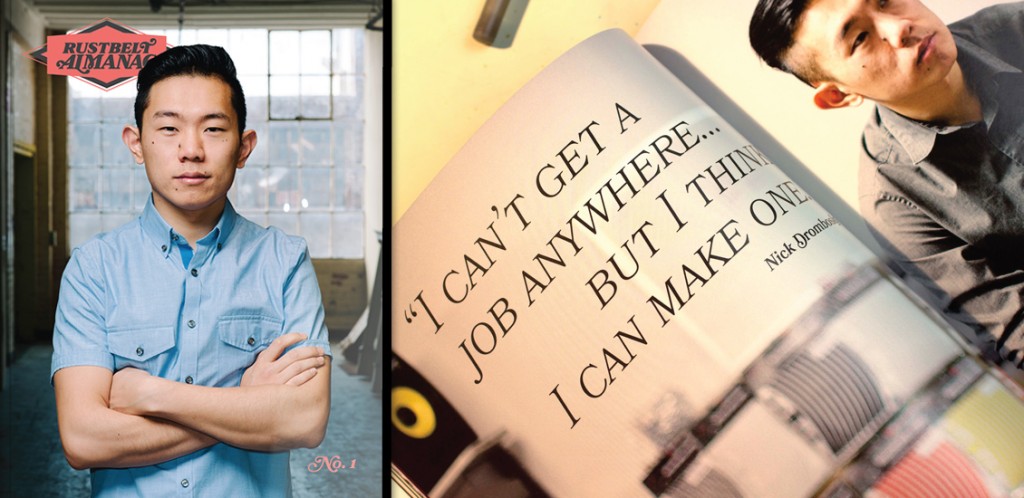 Getting past the flashpoint for indie magazines is a critical achievement.
Getting past the flashpoint for indie magazines is a critical achievement.
Everywhere these days we see talk of niche magazines having a viable future in print. From Garden & Gun’s secret niche sauce to continued optimism in city and regional titles, it seems the time is right for these small, tightly focused publications and their rabid fans.
Chris Sutcliffe has explored the phenomenon in a three-part series in The Media Briefing, looking first at the role of the Internet on reaching these audiences, and then on the viability of crowd-funding a new title. Now, Sutcliffe takes a deeper look at what it really takes for a niche launch to turn into a successful publication and make it past the startup phase.
“It should go without saying, but in order for niche products to be the future of the print industry, first they need to prove they themselves have a future. The catalogue of niche print products is littered with magazines that never got beyond a third issue, for reasons of financial troubles, lack of audience or even sudden creator apathy,” he writes.
That third issue is apparently a “flashpoint” for niche publishers, according to Jeremy Leslie of magCulture:
“The really hard bump for anybody making a magazine is around issue three. Issue one, and I usually resist these types of comparisons, but it’s like a band making a first album. They’ve had three, four years of being together and they’ve put everything into that first issue.
“Then a couple of weeks later you’ve got to pull yourselves together and start thinking ‘OK, issue two,’ and it’s much more hurried. If you can get through that then issue three, the whole financial situation with cash flow is make-or-break, whether you have enough money to fund issue three. If you can get through that then there’s light.”
Why is that third issue the hardest? For one, start-up capital is usually dried up by then, Sutcliffe notes, meaning there has to be new money coming in the door to keep the lights on.
One advantage these smaller publications have is that, unlike big name publications, they are not always launched with profit as the primary motivation. So sometimes just keeping the lights on is quite enough to continue and call it a success.
“[Niche titles are] passion projects, celebrations of a hobby or idea or community. In that sense, they might never be anything more than a luxury product,” Sutcliffe explains. For those titles, it’s more about the audience and the community it builds. For those publishers than can build it, the future can indeed look bright.

February 25, 2016, 9:05 am
Where is the love button????!!!!
February 25, 2016, 11:03 pm
Wonderful perspective as I transition from a solid day job to launch a new niche title. Our business plan has funding for the first four issues. Hopefully we get beyond three and out.